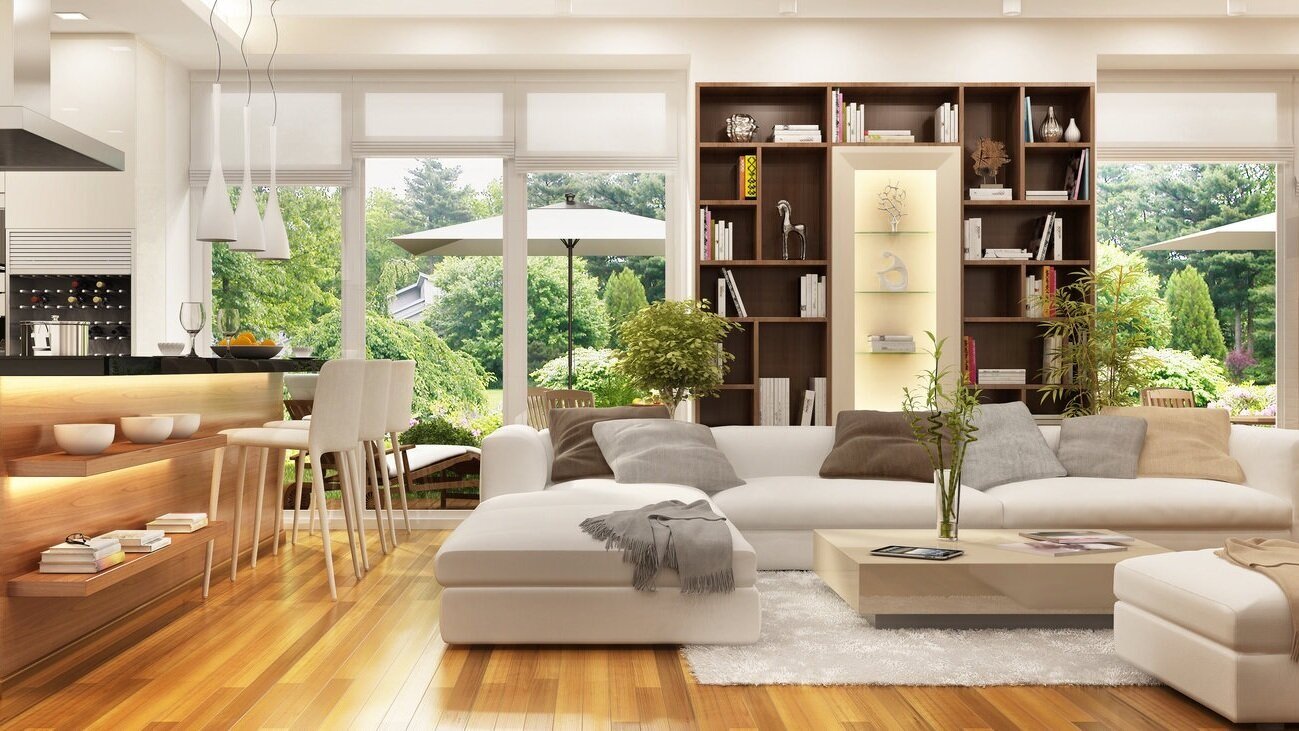4 Tips for Designing a Custom Home in San Diego
During the design phase of the process, you will customize the home around all of your must-haves and is an essential part of determining the cost to build a home. Buildable starts off this process by doing ethnographic research — coming into your home to better understand how you live, what you like, what you don’t like, and what innovative features you might want to make your life easier. Then, we use this information to create home plans and home designs.
At Buildable, we love to provide creative guidance to introduce strategic innovations in the home. This really sets us apart from traditional builders who just worry about executing projects, as opposed to catering the home to each unique client. For example, we might ask you questions like:
Are you a coffee person?
We can look at installing water lines for coffee machines or cold brew taps.
Do you have a lot of kitchen or hair care appliances?
We can include easy access to power outlets within strategically-placed drawers and cabinets to minimize clutter and ensure everything has a place.
Are you working from home?
Designing your ideal office space and ensuring strong Internet connectivity are going to be priorities for us.
These are only a few of the amazing options we can explore during the process of building your custom home. As you can see, there are many options when designing your home, but many of these — especially those higher-level options — don’t require an architect, as many think. In fact, one of the biggest issues that our clients have faced in the past was designing a project without builder input. They are left with plans that are beyond the cost and scope of the endeavor, and ultimately worthless. We will design an approach that meets your wants and needs and help you realize value where possible.
Here are 4 tips for designing your new home:
1. Think about your future needs
Stretch your forward-thinking skills and try to plan for your future, so you can include any prospective needs or desires in the home designs and requirements of the build. Budgeting for your custom home needs to cover every step of the process. Even if you don’t include every feature you might potentially need, that is perfectly okay — you can still approach the project with flexibility for easy and less expensive add-ons in the future. Here are a couple of questions to ask yourself:
Will your family grow in the next 2-8 years?
Do you want to consider having a guest house?
Do you have an electric vehicle? (We all will soon!)
2. Make strategic compromises
You may not be able to accomplish everything you dream of within your build due to external constraints, so prioritize what is meaningful to you and your family. It’s harder to add more square footage later than it is to install a pool. Investing in custom cabinetry over furniture could pay off for you later. Focus on investments in the foundational aspects of your home designs and deprioritize items that can be easily added later.
3. Consider your experience in the home
As you and your designer determine home plans, consider how your family will be using the space. For instance, to reduce noise in sleeping areas, it’s smart to place bedrooms away from the communal areas of the house. Another example is putting your laundry room near the laundry-generating areas of the home — the bedrooms. The last thing you want is a long walk up or downstairs for an activity that’s done at a regular cadence for the rest of your life.
4. Consider a High/Low Strategy
Designing your home doesn’t require you to purchase the most expensive item for every use. Necessities like door handles can be extremely expensive or extremely inexpensive, and it’s up to you how much you’re willing to spend on pieces like this. We suggest picking a few pinnacle features that are important to you and then saving money in other areas that may not be as important.
When designing a space, don’t underestimate the impact of paint, art, and décor — these elements can dramatically elevate a room without blowing your build budget. Thoughtful color choices and well-placed decorative pieces add depth and personality, helping create a space that feels polished and intentional. If you’re looking to elevate your space with thoughtful, meaningful art, Are Violets Blue is a great place to start. A friend of ours runs this beautifully curated shop, specializing in high-resolution restorations of vintage prints that blend timeless character with modern framing. Their process is deeply intentional — from researching original colors and typefaces to using archival paper and premium materials for long-lasting impact. It’s a perfect example of how you can add style and substance to your home without overextending your budget—proof that even small design decisions can make a big difference.
At Buildable, we take away the stress of coordinating all these partners by bringing everyone under one roof. Talk to us and we’ll provide you with answers to the questions you may have.






